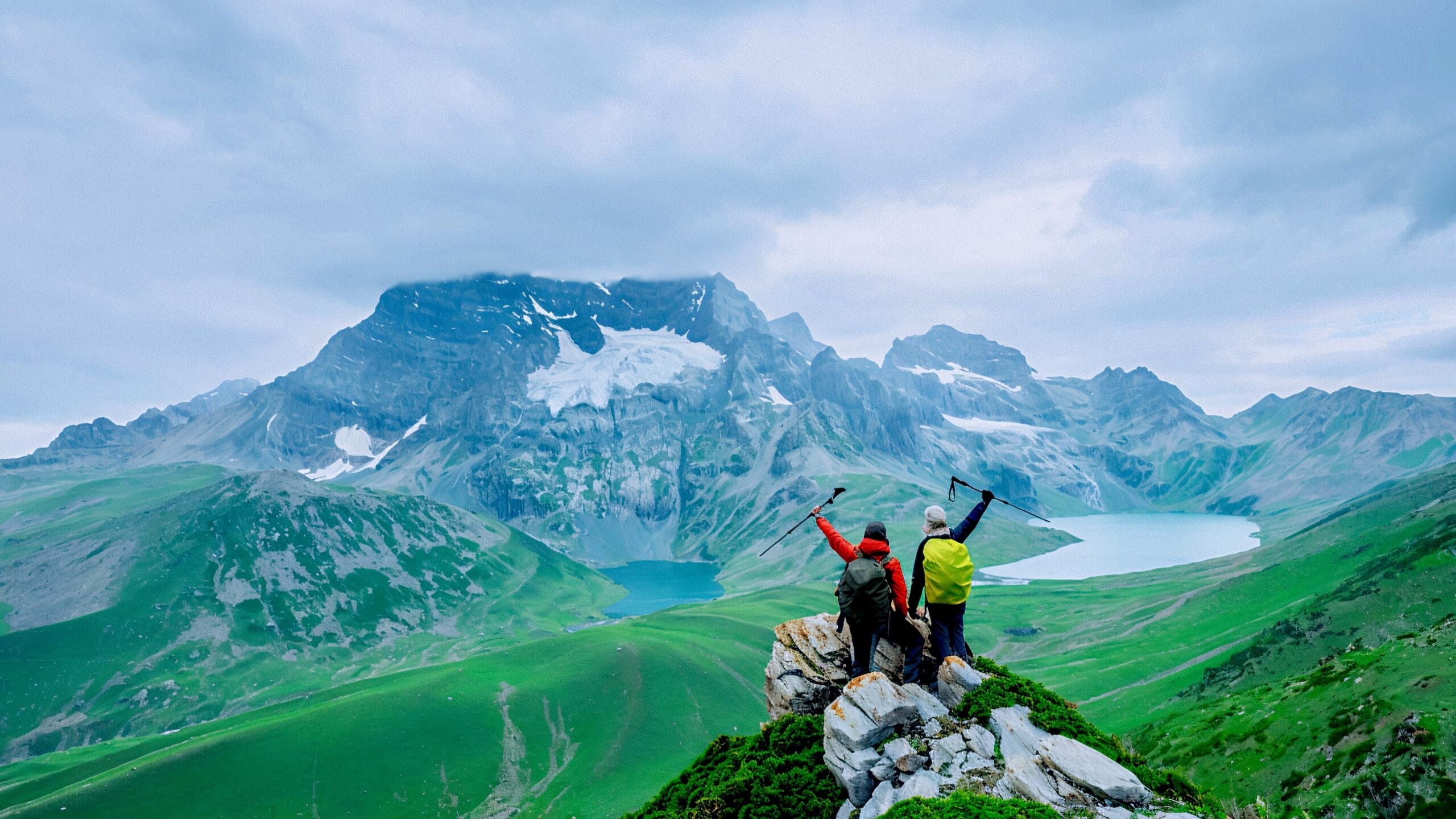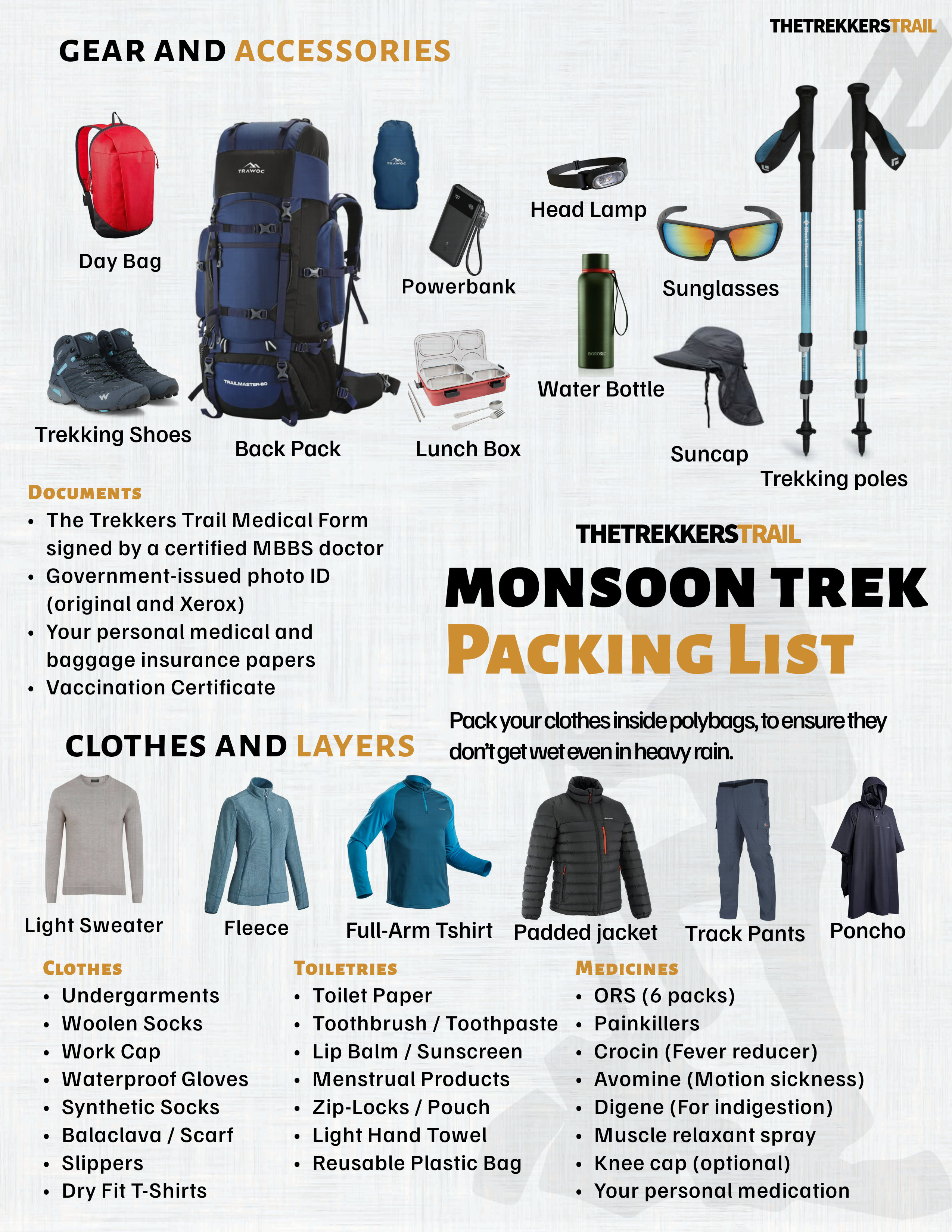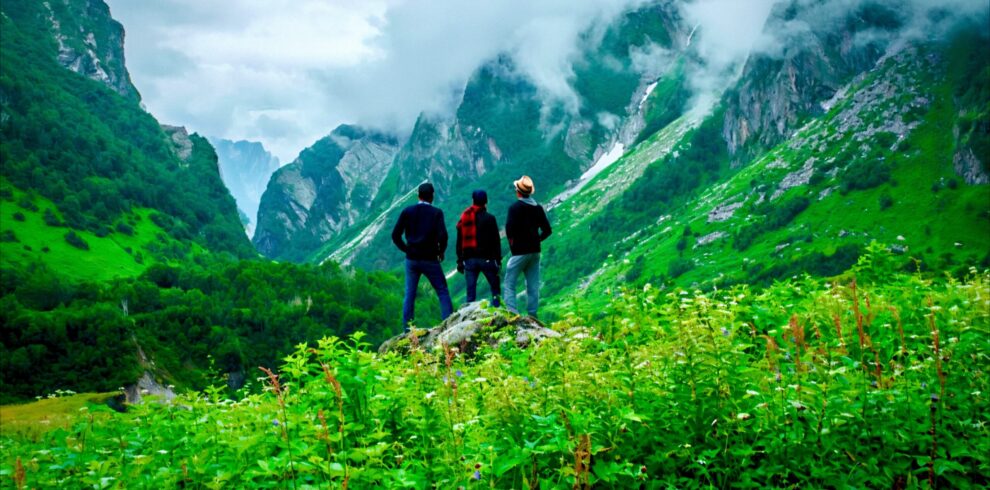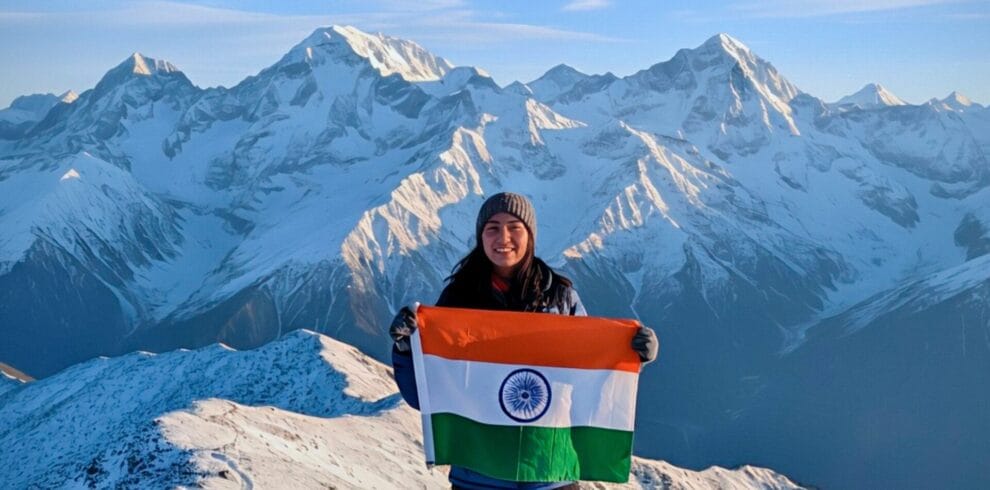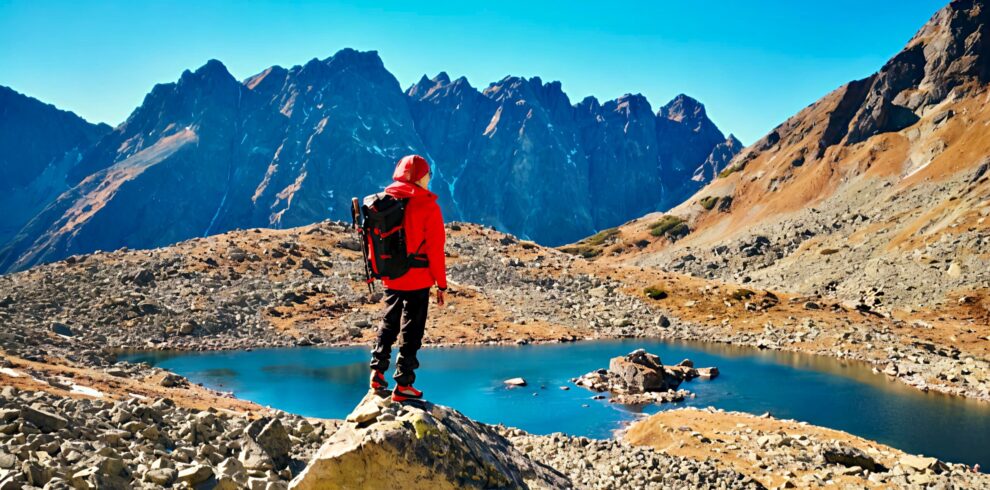Trip Info
-
Tents
-
Srinagar
-
13,715 ft
-
72 Km
-
July | August
Itinerary

Drive Duration: 3 hours | Drive Distance: 90 km. Report at TRC Near Dal Lake around Noon. We have a buffer time of 1.5 hours, and after that, we proceed to Sonmarg from Srinagar. If you arrive a day earlier, you can stroll around Dal Lake and take a houseboat or Shikara ride. Spend overnight at Shitkadi campsite in Sonmarg

Trek distance: 11 km | Trek Duration: 7-8 hours | Altitude gain: 7800 ft to 11500 ft Today will be the first day of this enthralling Kashmir Great Lakes trek! After having breakfast at the campsite start your trek. Here onwards, the trek will be a gradual ascend and it will take you through maple and pine forests. Completing the hike through the forests, you will be rewarded with stunning views of the Sonmarg Valley and pictorial streams. Relax around the vicinity for a while before you start trekking towards the Nichnai, which is located around 11,500ft above sea level. Upon arrival in Nichnai, check in to the campsite Dinner and overnight stay in the camp.

Trek distance: 13 km | Trek Duration: 7-8 hours | Altitude gain: 11,500 ft to 13,229 ft. Starting early in the morning, around 08:00 AM, wake up to the scenic views and start the trek towards the Nichnai Pass and enjoy the stunning views of the lush valleys and the untouched beauty of the region. Arriving at the pass, which is located 13,500m above sea level, witness, and enjoy the meticulous beauty of the pass and the snow-covered peaks all around it. Hereafter, the trek will undergo a steep descent and will lead you to a pictorial meadow of colourful flowers; while on the Kashmir Great Lakes trek, you can also catch glimpses of a cascade that finally joins a river. Here onwards, continue with the hike and upon arriving at a flat valley, continue towards its end and arrive at the campsite. Gazing on the left of this trail, you can also behold captivating views of the Himalayan Range and the Vishansar Lake Overnight stay in the camp near Vishansar Lake

Trek distance: 16 km | Trek Duration: 7.5 hours | Altitude gain and loss: 12,011 ft to 13,715 ft. This chilly morning, wake up to witness the Kishansar Peak casting its reflection on the azure lake waters. Start the trek for the day towards the lakeside and reach the Kishansar Peak, which is situated around 500 ft above the campsite. Here onwards, ascend to the other side of the water reservoir. The trek till here comprises both easy and tough terrains. Later part of the day, trek towards the Kishansar Lake and finally make it to the Gadsar Pass which is perched at a height of 13,715 ft and is the highest point of this trek. From the pass, pass through a flowery meadow and some of the pictorial lakes; Yamsar is one of these lakes. From here, continue with the descent and after crossing it, reach the Gadsar Lake. A picturesque lake, it is adorned with the stunning beauty of exotic flowers. Overnight stay at Gadsar Lake

Trek distance: 12 km | Trek Duration: 4.5 hours | Altitude gain: 10,706 ft to 11,985 ft. Your day will begin with a walk from the camp towards the stream. Brace yourself for varied terrains from super steep, flat, and even land. Reach the first of Satsar Lakes, which is a group of seven different lakes, and stay near Satsar Lake at camps. Overnight stay at Satsar

Trek distance: 9 km | Trek Duration: 6 hours | Altitude loss: 11,985 ft to 13,276 ft. A true test of calibre, this is the day when you will have to push your physical and mental limits! Trudge through rocks and boulders ridden terrain, pass the last of the Satsar lakes, and start hiking downwards for half an hour till you arrive at the forest line. Here onwards, start ascending upward and reach an altitude of 13,400ft; during this climb, you can witness several ridges at different heights and the quaint Gujjar huts as well. From the summit, you can also behold the fascinating views of the twin lakes: Gangabal and Nundkol, which are connected to each other by a picturesque stream and are known for trout fishing. Post this; trek through a sharp and rocky trail and make it to a gurgling stream, passing which, you will reach a lush meadow that advent towards the Nundkol Lake, which is also a popular weekend getaway among the locals. Trekking for around 20 minutes from Nundkol Lake, you will finally arrive at Gangabal Lake, and by crossing the bridge across the lake; you will arrive at the campsite. Dinner and overnight stay in the camp.

Trek Duration: 6-7 hours | Altitude loss: 11,486 ft to 7,800 ft. On your final day of the Kashmir Great Lake Trek, start from the Gangabal camp, and ramble on grassy land dotted with yellow flowers and pine forest. Descend to Naranag, the last leg of your trek. Reach Naranag Village in Ganderbal District. If you wish, you can visit Naranag Temple. Be driven back to Srinagar with wonderful memories Please note: The distance between campsites may vary by 100 meters depending on the weather conditions and the route you take. The altitude may also vary by 100 feet for similar reasons. Important: While returning from Naranag, the checkpost closes at 4 pm. Make sure to plan according to this. If stuck, you will personally have to take the help of the Indian Army for your stay at night.
It is advised to plan a buffer day after this trek and plan your return tickets accordingly. In case the buffer day is used during the trek, you need to pay Rs. 1500/person extra to the Trek Leader. A medical certificate and insurance are mandatory for this trek. You must submit your medical certificate, trek insurance, and Aadhar card at least 15 days before the start date of your trek.15 days before the start date of your trek.15 days before the start date of your trek.

